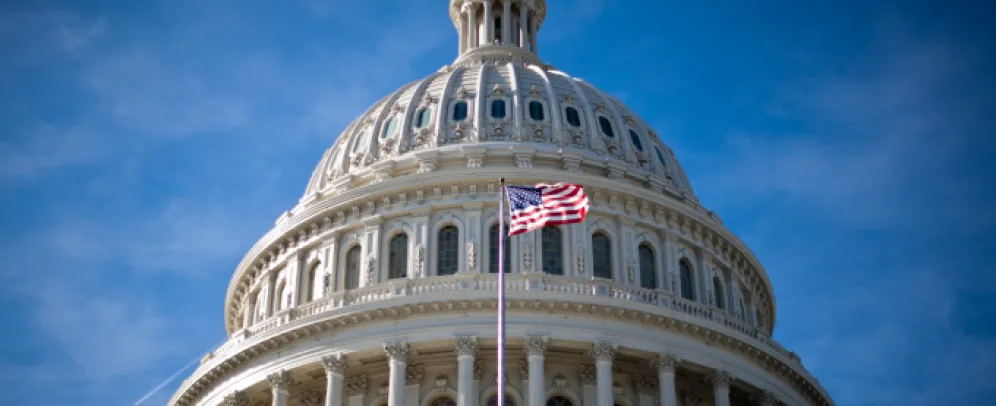Since the last long term reauthorization of the EB-5 Regional Center Program in 2012, the industry has experienced significant changes.
IIUSA Advocacy Coordinator, Nicole Merlene, believes that a combination of Program growth (an increase of 1,200% since the financial crisis of 2008), EB-5 becoming an increasingly mainstream source of financing for economic development projects throughout the nation, the annual cap on visa numbers, and increased media scrutiny have impacted the decision for a reform to the Program.
Investment Amounts
The most recent reform draft maintained the minimum investment for non-TEA investments at $1 million and raised TEA level from $500,000 to $800,000. Based on Consumer Price Index, or CPI, those amounts are adjusted every five fiscal years.
Targeted Employment Areas
For a project to qualify in a TEA, at least one of the following qualifications must be met. Those include:
• Priority Urban Investment Area
• Rural Area
• Rural Poverty Area
• Special Investment Zone
• Closed Military Base
• Infrastructure of Manufacturing project
Visa Set Asides
"Set asides" here refer to the visas set aside for a period of time for investors (within qualifying projects) in the event that all of the visas set aside for specific investments were not used within a year. This concept presented a new way of incentivizing investments. Priority Urban Areas, Rural Areas, and non-TEA investments would each designate 2,000 visas.
The reform also examines issues surrounding job creation methodologies, investor and Regional Center fees, effective dates, national security/anti-fraud/compliance provisions, and more.
To get involved with EB-5 advocacy efforts, click here. To sign the EB-5 public letter of support to Members of Congress, click here.
